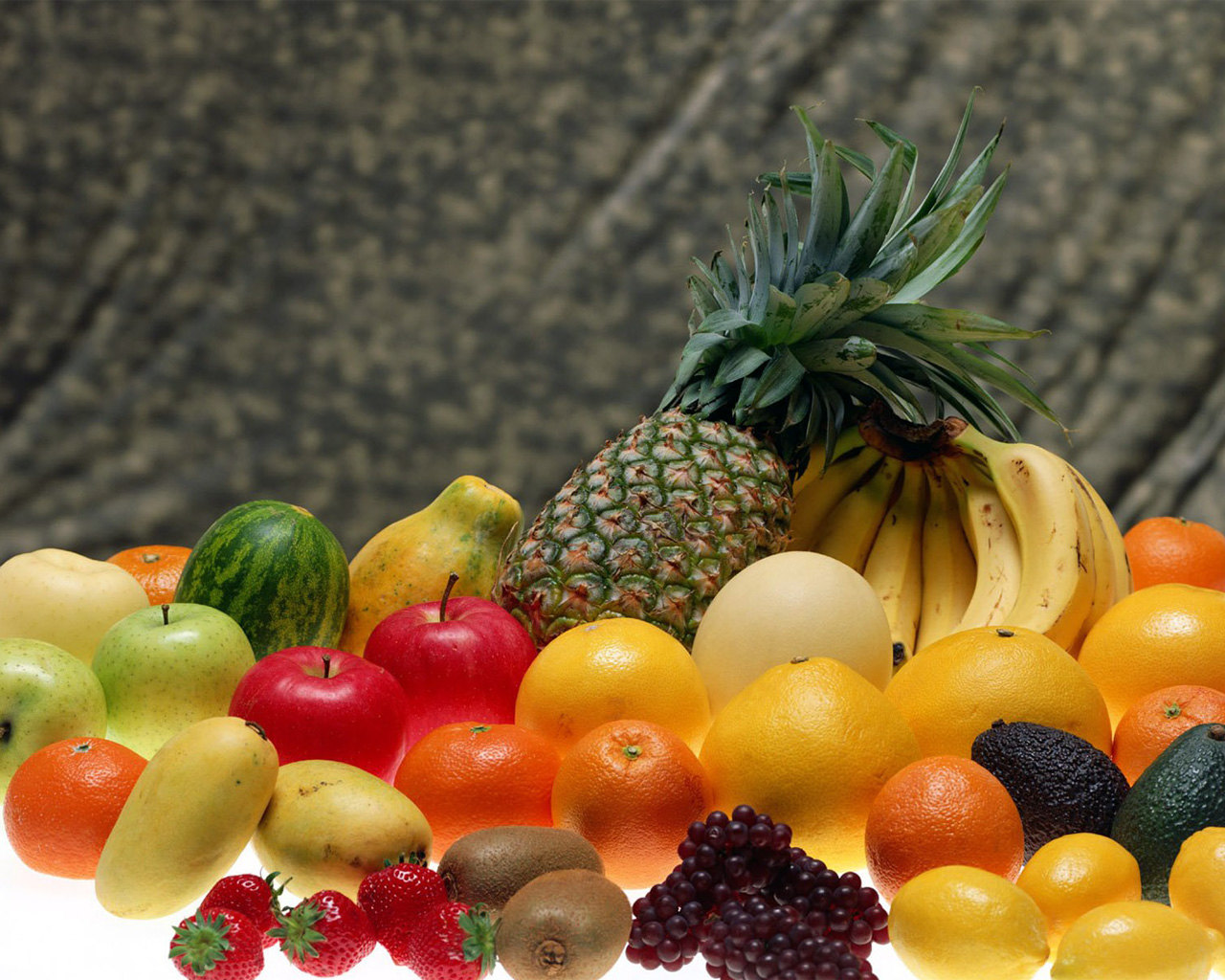
Dietary fiber might not get as much attention as protein or vitamins, but it quietly does some amazing things for your body every single day. You’ll find it mainly in plant-based foods like fruits, vegetables, whole grains, and legumes. It’s a type of carbohydrate, but unlike other carbs, your body can’t digest or absorb it. Instead, fiber moves through your digestive system, doing a lot of good along the way.

There are two primary types of fiber, and both have their advantages. Soluble fiber is dissolved in water, and in your stomach, it creates a gel-like substance. This delays digestion and can lead to the lowering of cholesterol, as well as maintaining steady blood sugar levels. Soluble fiber can be found in foods such as oats, beans, apples, bananas, avocados, citrus fruits, carrots, and barley.

Insoluble fiber, however, doesn’t dissolve in water. It bulks up your stool and makes things pass more smoothly through your digestive system. That makes it particularly useful for avoiding or getting rid of constipation. Some good sources are foods such as whole-wheat flour, wheat bran, nuts, beans, and veggies like cauliflower, green beans, and potatoes. Most plant foods have a combination of both, so the best method is to consume a variety of high-fiber foods to obtain the entire array of benefits.

Fiber does much more than keep things regular. A high-fiber diet prevents constipation by making stool heavier, softer, and easier to pass. But that’s just one of several benefits. Fiber also helps promote bowel health, reduces the risk of hemorrhoids and diverticulitis, and can even reduce the risk of colorectal cancer. Certain fibers serve as a food source for the good bacteria of your colon, which does a lot to keep your digestive tract healthy as a whole.

Fiber also plays a large role in heart health. Soluble fiber, especially, helps reduce LDL (bad) cholesterol by being absorbed with cholesterol-laden bile acids and assisting in eliminating them from your system. This prevents your arteries from clogging and decreases your heart disease risk. It also slows down the rate of sugar absorption in your body, which is beneficial for individuals with diabetes or those who want to prevent it. Fiber-rich foods are typically more satiating and more time-consuming to eat, and that can simply aid in weight control by keeping you full for longer and less inclined to gobble down more.

A lesser-known kind of fiber-like carbohydrate is resistant starch. It’s not a fiber, but it acts similarly. Resistant starch isn’t digested in the small bowel, as soon it arrives at the large bowel, where it’s broken down by bacteria. The breakdown of this resistant starch into short-chain fatty acids is beneficial for your bowel and can even have a protective effect against cancer. Unprocessed cereals, unripe bananas, potatoes, lentils, and even some processed foods such as snap-frozen bread and cereals are good sources of resistant starch.

Even with all these advantages, most individuals are not consuming nearly enough fiber. In the United States, 90% of women and 97% of men fail to meet the daily recommended amount. The National Academy of Medicine suggests that women younger than 50 should consume 25 grams per day and men younger than 50 should consume 38 grams. For individuals aged more than 50, the goals decline by a notch to 21 grams for females and 30 grams for males. Those in Australia have equally been advised: 25 grams for females and 30 grams for males. Children and adolescents have slightly lower targets, but overall, the message remains the same, we can all do with more fiber.

Fortunately, adding more fiber to your diet doesn’t need to be daunting. Begin your day with a whole-grain cereal with fruit on top. Use whole food or multigrain bread and rice rather than the white varieties. Double your vegetable serving with dinner, and replace your traditional snacks with such items as fruit, nuts, or wholegrain crackers. Beans and legumes are a fiber source add them to soups, salads, or use them to prepare nachos packed with vegetables.

If you’re adding more fiber to your diet, take it slow. A sudden jump in fiber intake can lead to bloating, gas, and discomfort. Give your digestive system time to adjust. And don’t forget to drink plenty of water, as fiber works best when it can absorb moisture and help keep your stool soft and pass.

Although whole foods are the most effective means of obtaining fiber, supplements such as psyllium can be helpful if your diet itself is not working. Psyllium is a soluble fiber that may assist with aspects such as satiety, blood pressure, cholesterol, and blood sugar regulation. Nevertheless, it’s always wise to consult with a healthcare professional prior to supplementing, particularly if you have a medical condition or have undergone surgery affecting the digestive tract.

There are certain times when high-fiber diets aren’t the best choice, such as after some operations, during flares of illnesses like Crohn’s disease or ulcerative colitis, or before a colonoscopy. Under these circumstances, your physician may suggest a short-term low-fiber diet to give your gut a break or get ready for a procedure.

Fiber isn’t the most glamorous aspect of nutrition, but it’s certainly one of the most significant. By making gradual, ongoing adjustments to add more high-fiber foods to your meals and snacks, you can foster healthy digestion, keep your weight in check, and lower your risk of chronic diseases and without sacrificing real, enjoyable food.
